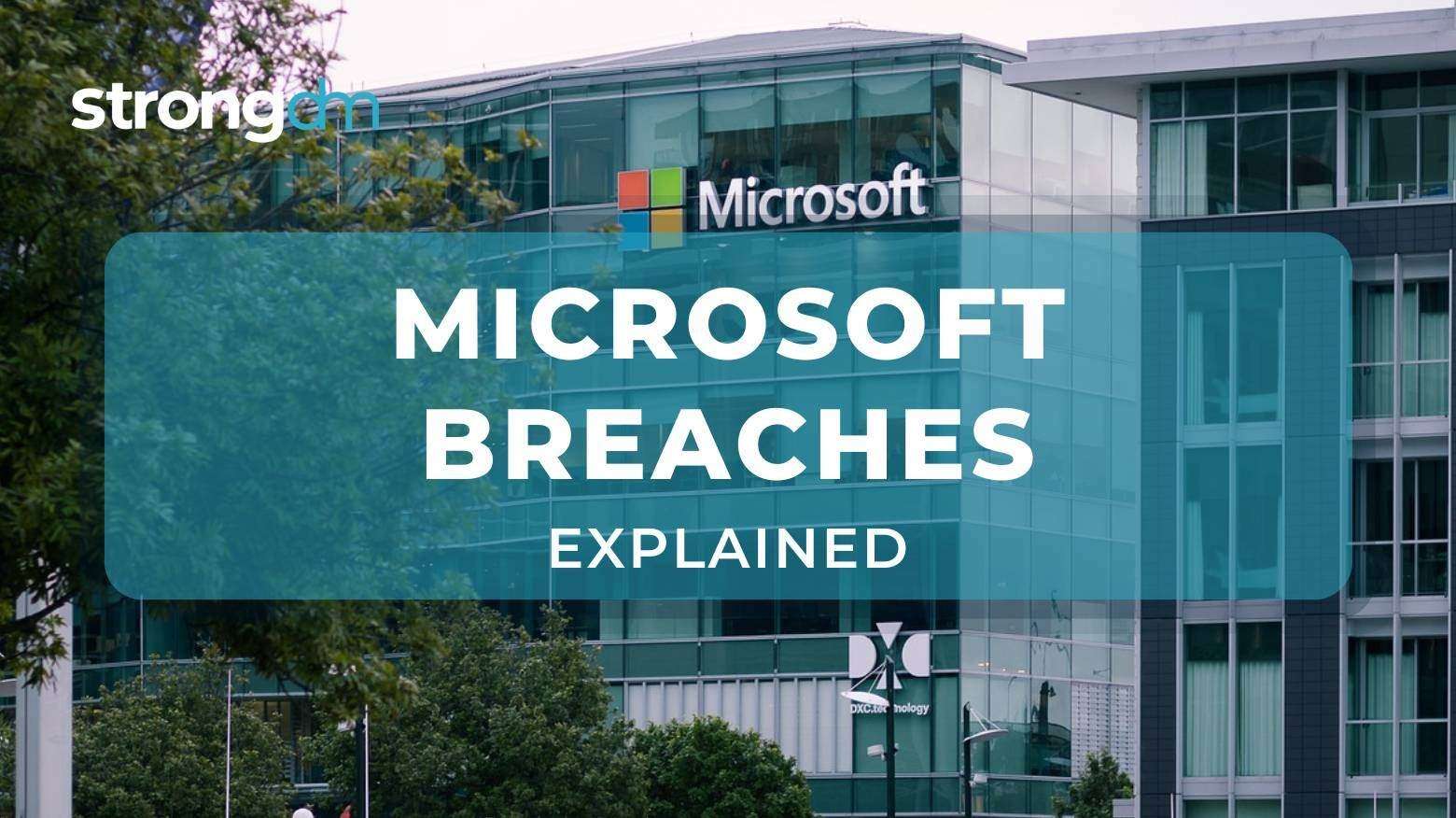Microsoft’s Big Security Shift: Locking Down Cloud Keys After Major Hack
Seven months after the Storm-0558 breach exposed critical flaws in Microsoft’s authentication systems, the tech giant is taking drastic steps to lock things down. In a major security overhaul, Microsoft has moved its Microsoft Account (MSA) signing service to ultra-secure Azure Confidential VMs with Entra ID (formerly Azure AD) next in line for the same treatment.
This isn’t just routine maintenance. It’s a direct response to last year’s embarrassing nation-state hack, where Chinese cyber-spies exploited weak key management to forge access tokens and infiltrate U.S. and European organizations. Now, Microsoft is racing to close those gaps before the next attack hits.
What Went Wrong in the Storm-0558 Breach?
In July 2023, Microsoft admitted that a validation flaw in its code allowed hackers to forge Azure AD tokens using a stolen consumer signing key. The attackers, linked to China, used this loophole to breach dozens of organizations, including government agencies, stealing emails and sensitive data.
The U.S. Cyber Safety Review Board (CSRB) later slammed Microsoft for “avoidable errors” in its security practices particularly around key storage and rotation. Since then, the company has been scrambling to rebuild trust.
How Microsoft Is Fixing the Problem
1. Locking Keys Away in Azure’s Fort Knox
Microsoft’s biggest move? Migrating MSA and Entra ID signing keys to Azure Confidential VMs, which use hardened hardware security modules (HSMs) to prevent unauthorized access. These VMs encrypt data even while in use, making it nearly impossible for hackers to steal keys—even if they breach the system.
2. Phishing-Resistant MFA for Employees
Human error is still a weak link, so Microsoft is pushing phishing-resistant multi-factor authentication (MFA) for 92% of employee accounts. This means hardware security keys or biometric checks instead of easily phishable SMS codes.
3. Automatic Key Rotation & Hardened SDKs
No more static keys sitting around. Microsoft now automatically rotates signing keys using Azure’s Managed HSM service, reducing the risk of long-term exposure. Plus, 90% of Entra ID tokens are now validated by a hardened identity SDK, making token forgery much harder.
4. Quick Machine Recovery for Windows
After the chaotic CrowdStrike update fiasco in July 2024, Microsoft is also rolling out Quick Machine Recovery a feature that automatically fixes unbootable PCs without IT intervention. If a system crashes, WinRE (Windows Recovery Environment) silently triggers repairs, minimizing downtime.
Why This Matters for Businesses & Consumers
Microsoft’s Secure Future Initiative (SFI) isn’t just about protecting its own systems—it’s about safeguarding the millions of businesses relying on Azure and Microsoft 365. If you’re using:
-
Microsoft Entra ID (Azure AD)
-
Office 365 or Outlook
-
Windows Enterprise environments
…these changes directly impact your security posture. The shift to Confidential VMs and automatic key rotation means fewer chances for hackers to exploit stolen credentials.
What’s Next?
Microsoft still has work to do:
Migrating Entra ID signing to Confidential VMs (currently in progress)
Expanding phishing-resistant MFA adoption
Isolating customer support systems in dedicated tenants to limit lateral movement
The goal? Avoid another Storm-0558-level disaster.
Final Thoughts: Is Microsoft Finally Taking Security Seriously?
After years of criticism over lax cloud security practices, Microsoft seems to be stepping up. The move to Confidential VMs, automatic key rotation, and phishing-resistant MFA shows a real commitment to locking things down.
But security is a moving target. Hackers adapt fast, and Microsoft must stay ahead. For now, these upgrades are a strong step forward but only time will tell if they’re enough
Discover more from CyberAwareHub
Subscribe to get the latest posts sent to your email.

